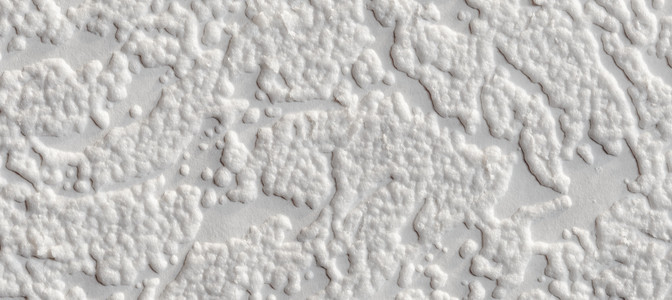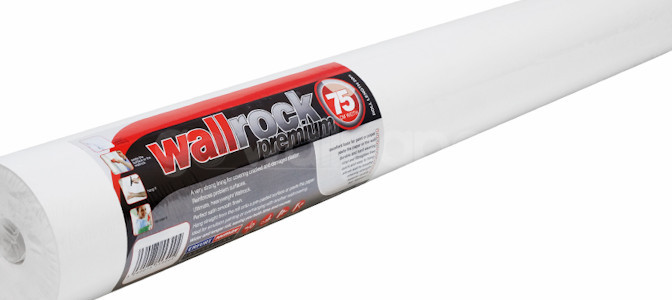In the 1980s textured wallpapers, especially woodchip, were in vogue. But since then they have come to be seen not only as outdated, but also fiendishly difficult to remove. This has meant people have tended to avoid textured wallpapers like Anaglypta in recent years. But all that is now changing.
Due to leading brands such as Wallrock developing new kinds of textured wallpaper that are not only stylish on the wall, but also cover and hide plastering imperfections, textured wallpapers have begun to make a comeback. In this post, we look at some of the most popular choices in the Wallrock Texture range.
Kelsey
Wallrock Texture – Kelsey Wallpaper is a vintage design styled to look like a rustic plaster finish. Think of it as like Artex but with the mess. It’s great for covering wall cracks and pits in a traditional or period styled home.
Hackthorn
Hackthorn has a more modern look – a design of uniformly placed, raised dots that create a stunning depth of texture whilst remaining subtle and understated to look at. This particular Wallrock textured wallpaper is ideal for using in a modern styled home to create a contemporary look.
Gainsborough
We would describe Gainsborough as an elegant wallpaper. Its tulip inspired design will bring an air of class to whatever room it’s used in – preferably one where you really want to put your style credentials on the wall (pun intended). Like all Wallrock textured wallpapers, it’s designed to be paintable so you can add some colour to create either a vibrant or a softer, neutral look.
If you like the sound of these three designs, then take a look at the rest of the Wallrock Texture collection. You’ll be able to find the right choice for your home, whatever room or style you’re interested in.





